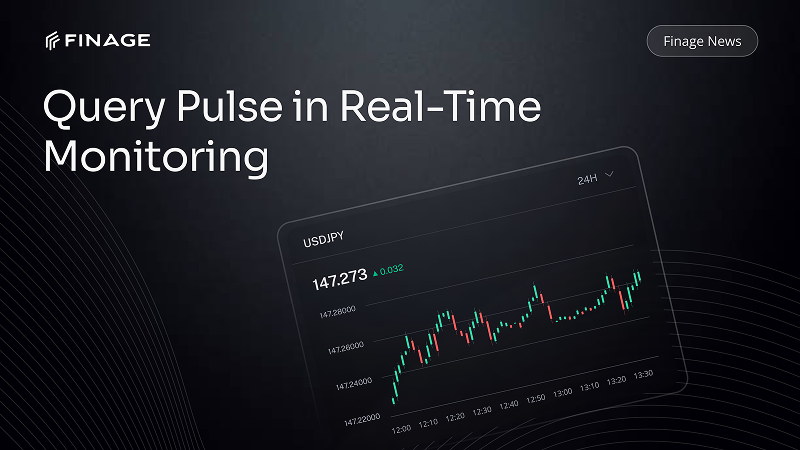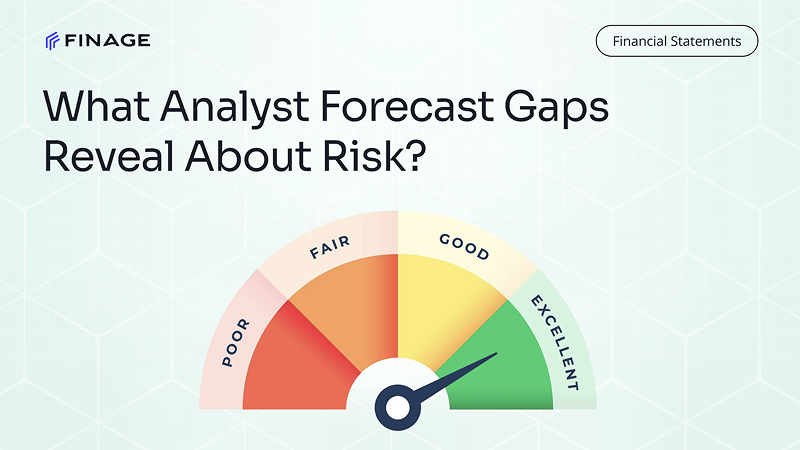Algorithmic Trading in Forex: Pros, Cons, and Strategies
5 min read • December 8, 2023

Introduction
Table of Contents
- Introduction
- Definition of Algorithmic Trading
- Context in the Forex Market
- Pros of Algorithmic Trading in Forex
- Speed and Efficiency
- Technical Complexity
- Over-optimization and Curve-Fitting
- System Failures and Technical Glitches
- Constant Monitoring and Adaptability
- Popular Algorithmic Trading Strategies in Forex
- Arbitrage Strategies
- News-based Strategies
- Conclusion
Algorithmic trading, also known as automated trading or black-box trading, uses computer algorithms to execute trades in financial markets. In this blog post, we will explore algorithmic trading in the context of the Forex market. We will discuss the advantages and disadvantages of algorithmic trading, as well as some popular strategies used by algorithmic traders.
Pros of Algorithmic Trading in Forex
1-) Speed and Efficiency
One of the main advantages of algorithmic trading is its ability to execute trades at high speeds. Automated systems can analyze market data, identify trading opportunities, and execute trades within milliseconds. This speed and efficiency can be crucial in taking advantage of short-lived market opportunities and reducing the risk of manual errors.
2-) Objectivity and Less Emotional Decision-making
Emotions can often cloud judgment and lead to irrational decision-making. Algorithmic trading eliminates the human element, making trading decisions based on predefined rules and algorithms. This helps in eliminating emotions like fear or greed, resulting in more objective and disciplined trading.
3-) Backtesting and Optimization
Algorithmic trading allows traders to test their strategies on historical market data before deploying them in live trading. This process, known as backtesting, helps in identifying the strengths and weaknesses of a strategy and allows for fine-tuning and optimization. This can lead to increased profitability and reduced risk.
4-) Accessibility
Algorithmic trading was once only accessible to institutional traders, but now it is available to retail traders as well. Online trading platforms and APIs provide easy access to algorithmic trading tools, making it possible for individual traders to compete at a level playing field with institutions.
Cons of Algorithmic Trading in Forex
1-) Technical Complexity
Building and implementing algorithmic trading strategies requires technical expertise. Traders need to have a good understanding of programming languages, data analysis, and trading concepts. The initial learning curve can be steep for beginners, and maintaining and updating strategies can also be time-consuming.
2-) Over-Optimization and Curve-Fitting
While optimization is a crucial step in algorithmic trading, there is a risk of over-optimization. By excessively optimizing a strategy, traders run the risk of fitting it too closely to historical market data, which may not perform well in live trading conditions. It is essential to strike a balance between optimization and robustness.
3-) System Failures and Technical Glitches
Automated trading systems are not infallible and are subject to technical failures and glitches. Network outages, hardware malfunctions, and software bugs can lead to significant losses or missed trading opportunities. Traders need to have backup systems in place and be prepared for such contingencies.
4-) Constant Monitoring and Adaptability
Forex markets are highly dynamic, influenced by geopolitical events, economic data releases, and market sentiment. Algorithmic trading strategies need to be constantly monitored and adapted to changing market conditions. Failure to do so can lead to missed opportunities or losses.
Popular Algorithmic Trading Strategies in Forex
1-) Trend-following Strategies
Trend-following strategies aim to capture profits by identifying and following trends in currency pairs' price movements. These strategies typically use technical indicators to identify trends, such as moving averages or breakout levels. The algorithm will generate buy or sell signals based on the trend direction.
2-) Mean Reversion Strategies
Mean reversion strategies assume that prices will revert to their mean or average value after deviating from it. These algorithms identify overbought or oversold conditions and generate buy or sell signals accordingly. Mean reversion strategies require careful risk management and can be profitable in volatile markets.
3-) Arbitrage Strategies
Arbitrage strategies involve exploiting price discrepancies between different currency pairs or markets. Traders identify price differentials and execute trades simultaneously to lock in profits. Arbitrage strategies require low-latency execution and sophisticated technology to capitalize on small price differences.
4-) News-based Strategies
News-based strategies aim to capture short-term price movements triggered by news releases, economic indicators, or geopolitical events. These algorithms monitor news sources and generate trading signals based on the impact of news on currency prices. It requires fast data processing and reaction time.
Conclusion
Algorithmic trading offers several advantages in Forex trading, such as speed, efficiency, objectivity, and accessibility. However, it also comes with its share of challenges, including technical complexity, system failures, and the need for constant monitoring and adaptation. By understanding the pros and cons, as well as the different strategies available, traders can make informed decisions about implementing algorithmic trading in their Forex trading journey.
In conclusion, algorithmic trading in Forex can be a powerful tool for traders, providing them with the ability to execute trades swiftly, objectively, and efficiently. It allows for backtesting and optimization, providing traders with the opportunity to refine their strategies. However, it is essential to be aware of the challenges and risks associated with algorithmic trading, such as technical complexity and system failures.
Before diving into algorithmic trading, traders should consider their goals, risk tolerance, and level of technical expertise. It is also crucial to have a solid understanding of the Forex market and trading principles. With proper knowledge and preparation, algorithmic trading can be a valuable addition to a trader's toolkit.
Elevate your financial insights with Finage! Dive into a world of dynamic data and real-time market intelligence that empowers you to make informed decisions. Our blogs are your gateway to the latest trends, expert analyses, and invaluable tips that can transform the way you approach finance. Join the Finage community today and stay ahead of the curve. Take charge of your financial journey – explore, learn, and thrive with Finage at your fingertips. Don't miss out on the financial revolution; seize the opportunity to excel and shape your success. Start reading now and unlock a wealth of knowledge that propels you toward financial mastery!
You can get your Real-Time and Historical Forex Data with a free Fx Data API key.
Build with us today!
Claim Your Free API Key Today
Access stock, forex and crypto market data with a free API key—no credit card required.

Stay Informed, Stay Ahead
Finage Blog: Data-Driven Insights & Ideas
Discover company news, announcements, updates, guides and more

.png)
